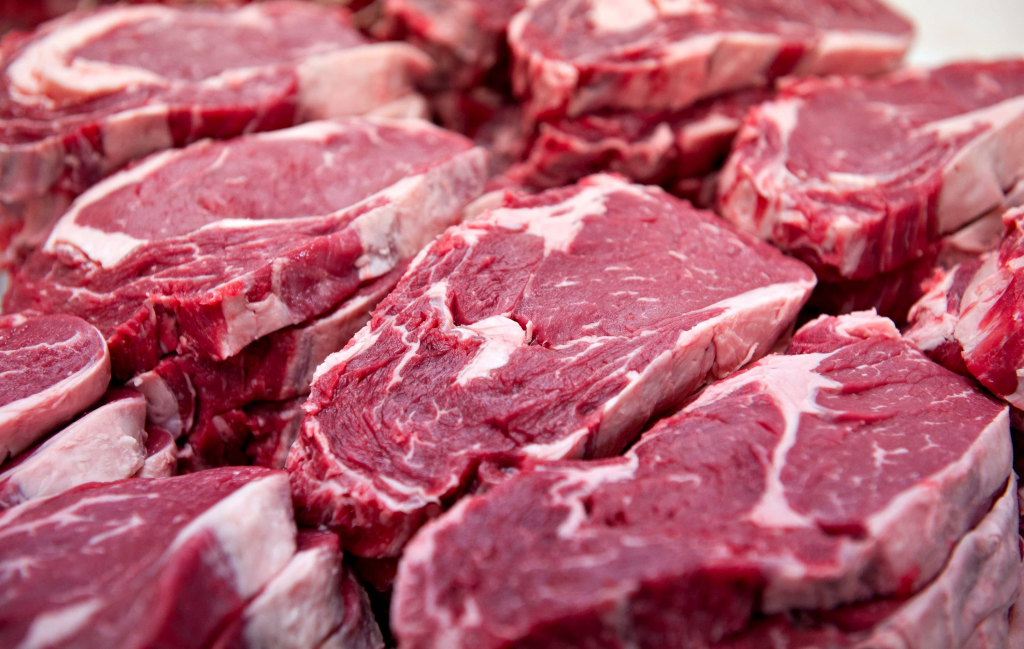
Senior Farm and Ranch Broadcaster Ron Hays is back visiting with the president and CEO of the United States Meat Export Federation, Dan Halstrom, about the beef export fall-off at the start of 2023.
One of the countries that has had phenomenal growth over the last few years is South Korea. In early 2023, South Korea’s numbers dropped significantly compared to a year earlier.
“I think the primary problem there was totally timing,” Halstrom said.
Inventory will be a point of struggle for beef exports to South Korea looking into next January and February, Halstrom said, but this does not mean anything negative for the demand.
“We were by-far a record in Korea last year,” Halstrom said. “I don’t think the general trend-lines have changed.”
With tighter supplies of beef in the U.S., Halstrom talked about supplying other customers with what they need over the next few years.
“We all knew back in 2022, even into 2021 that at some point, with the drought and liquidation, that the numbers were going to tighten up,” Halstrom said. “So, it’s not a surprise. The fact we are down five percent so far on production is pretty much what a lot of people, including us, expected.”
It will be critical, Halstrom said, to maximize the value of the entire carcass.
“We have a lot of customers in Asia that buy short plate, so are there other products that we could look at to kind of help make up that short-fall, so to speak,” Halstrom said.
Utilizing more parts of the carcass, Halstrom said, will not offset the shortage, but it will help mitigate it. In cycles where production is down, Halstrom said USMEF works around the globe with those international customers to educate them about the circumstances and help provide them with the best service possible.
“We have been working hand-in-hand with these groups in the form of seminars or ideation sessions,” Halstrom said.
In these sessions, Halstrom said, they will go through a carcass and talk about different ideas for how to best utilize part of that carcass to best meet the needs of the buyer.
“That is the sort of on-the-ground work that our offices are doing every day, whether it be in Korea, or in the Philippines, or in Mexico or wherever,” Halstrom said. “That is really the boots on the ground trying to get down into the nitty-gritty of how we take care of these customers when we have a cycle like right now where production is down a bit.”
The Beef Buzz is a regular feature heard on radio stations around the region on the Radio Oklahoma Ag Network and is a regular audio feature found on this website as well. Click on the LISTEN BAR for today’s show and check out our archives for older Beef Buzz shows covering the gamut of the beef cattle industry today.















